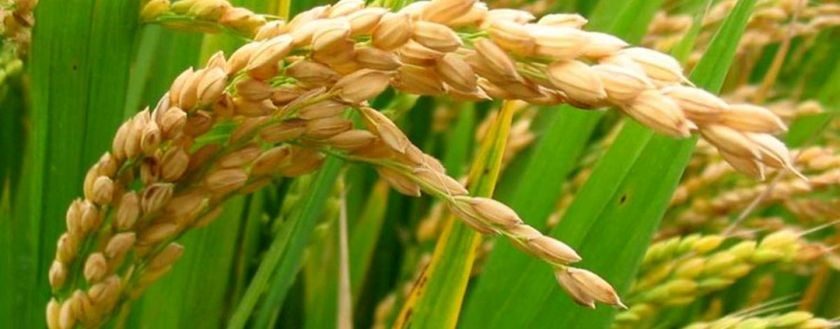Rice
Varieties
1.0 INTRODUCTION
Rice is largely produced by subsistence farmers in Malawi. In other parts of the country, rice is commonly grown as a secondary cereal from maize while in Lakeshore, Phalombe plain the Shire Valley and areas around lake Chirwa it is grown as a main cereal either in irrigated rice schemes or lowland rain feed areas and it is purposed for food as well as cash crop.
Core objectives is to improve knowledge and skills among small scale farmers involved in rice production to produce an increase rice yield in a sustainable way
At the end of this module, the farmer should be able to:
- Understand good management practices for rice
- Understand how to better manage rice pests and diseases
- Acquire knowledge on improving rice productivity
- Receive knowledge on post-harvest handling of rice
2.0 VARIETY SELECTION AND ENVIRONMENT

2.1. Weather requirements
- Rice grows well in water-logged soils
- Rice requires high precipitation
- Does well in temperatures ranging from 20-30oC
Rice Varieties
|
Variety |
Characteristics |
|
FAYA (14M69) |
It is a highly favored but low yielding variety. Grains are of various sizes. It is susceptible to lodging especially if flooded soils as such it is commonly grown under rain-fed conditions It takes 150 to 155 days to mature |
|
BLUE-BONNET |
It has a good taste and smell The variety is suitable for both rain-fed and irrigation It matures early and high yielding The crop takes 120-130 days to mature. |
|
SENGA (IET 4094) |
recommended for irrigated schemes it takes 116 days to mature |
|
CHANGU (IRI 1561- 250- 22) |
Recommended for irrigated schemes The variety matures within 119 days (wet season) and 145 days (dry season) |
|
NUNKILE (PUSA 33) |
Is recommended for irrigated schemes. Two crops can be sown or grown in a year because it takes 112 days to mature in the wet season and 140 days in the dry season |
Some farmers use unimproved varieties such as Kilombero, Singano, Kalulu and Mwasungo. Farmers are encouraged to use recommended cultural practices for optimum results.

